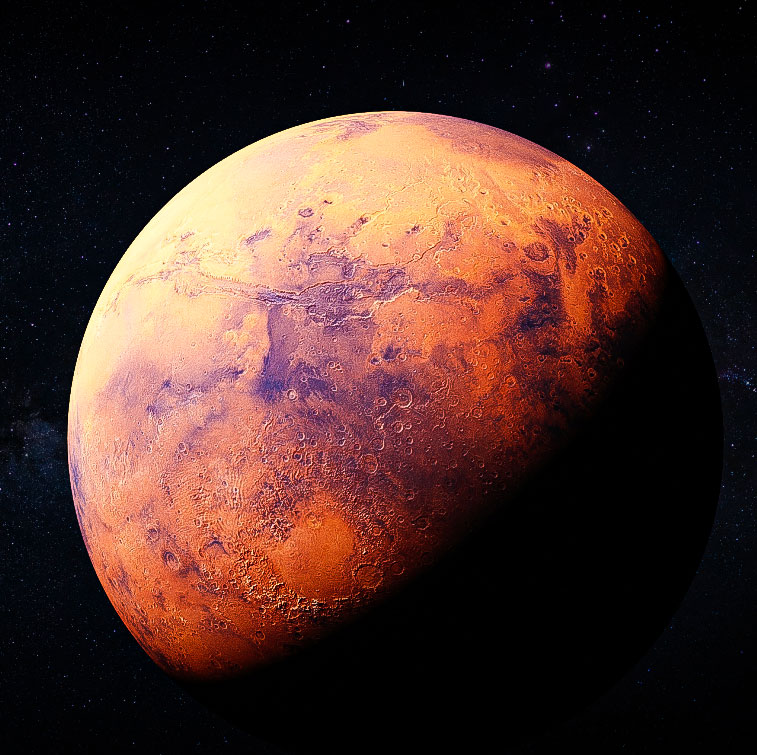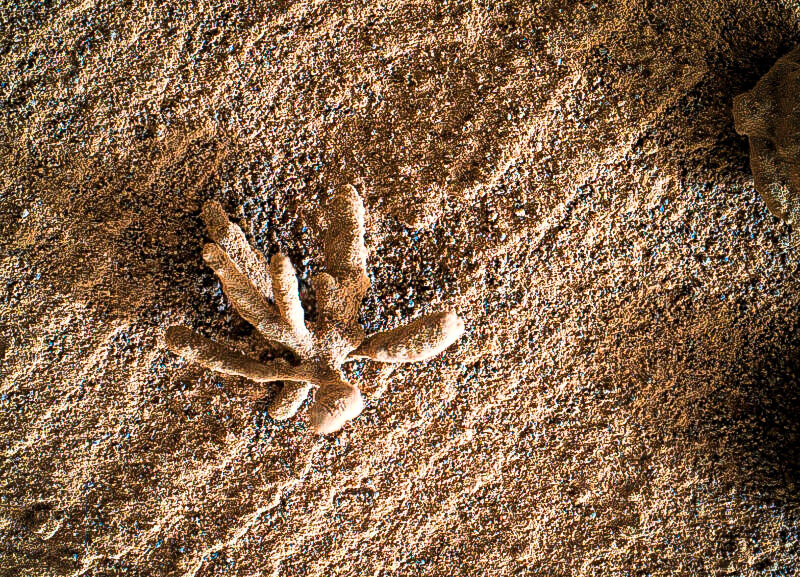

NASA’s Curiosity rover recently found a tiny, flower-like mineral deposit on the surface of Mars.

The National Aeronautics and Space Administration’s (NASA’s) Curiosity rover recently found a tiny, flower-like mineral deposit on the surface of Mars. The flower-like rock has been named Blackhorn Salt. It is a diagenetic feature, which means it is made from mineral deposits left behind by an ancient water body. The beautiful branching rock is 1cm wide and looks a bit like a coral or a sponge. It is believed that it was formed when water still covered the Red Planet.

The mineral flower resembles a living organism and was found near Aeolis Mons, which is situated at the heart of the 154km Gale Crater on the Red Planet. Continuing to study new diagenetic features similar to Blackhorn Salt could help researchers find out when liquid water disappeared from Mars.
Did You Know?
A year on Mars is almost twice as long as a year on Earth.





